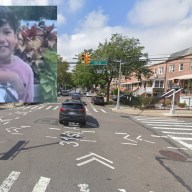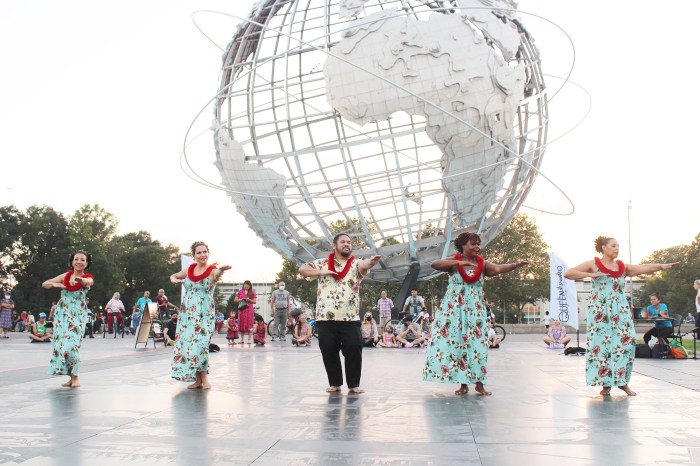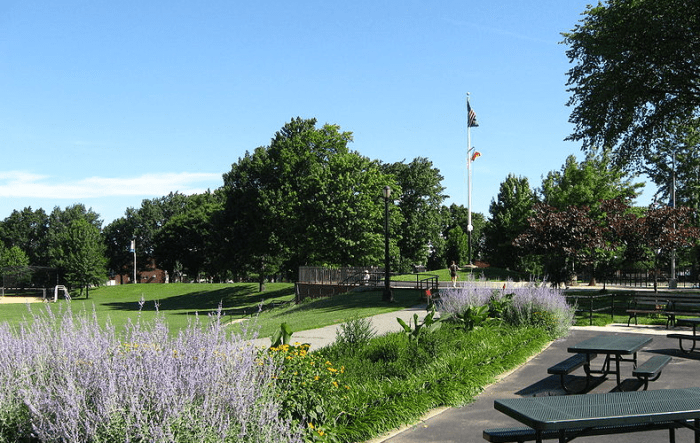By Suzanne Parker
One of the stars of the HBO documentary, “Banksy Does New York,” was on hand as an exhibitor at the Art Miami New York Modern Art Fair, held earlier this month.
Stephan Keszler, of the Keszler Gallery in Southhampton, was proudly displaying Banksy’s “Everything but the kitchen sphinx,” constructed of Styrofoam, concrete, and other detritus found in Willets Point’s “Iron Triangle,” a run-down neighborhood of auto shops near Citi Field slated for redevelopment.
During October 2013, the English street artist, who goes by his moniker Banksy, arrived in New York City for what he dubbed a month-long “artist-in-residence” program.
Most of Banksy’s work was discovered throughout Manhattan and Brooklyn, but he did make a couple of stops in Queens.
Besides the Willets Point sphinx, he also created a mural on the side of a Woodside building on 38th Avenue and his farewell piece to the city was a string of letter-block balloons placed on a vacant building in Long Island City adjacent to the LIE.
Banksy’s sphinx was promptly expropriated — or looted, depending on your point of view — by two area auto workers.
The two contacted Keszler, known for having represented other liberated works of street art. He agreed to display the work in his Southhampton gallery, and brought it, along with other works by Banksy to Pier 94 for the show.
When questioned about the ethics of dealers selling Banksy’s work without his authorization, Keszler asserted that he has never stolen anything, and that the garage doors and sections of the wall that Banksy embellished were privately owned and the owners had the right to sell them.
When pressed about walls that may have been removed without the owner’s permission, he commented that “People are awful, and will always do awful things.”


































